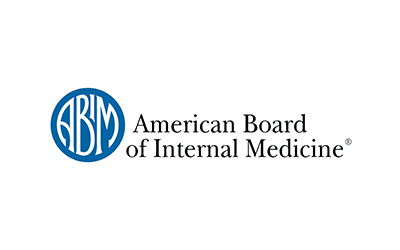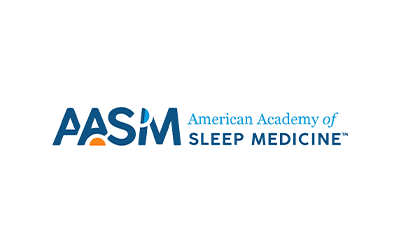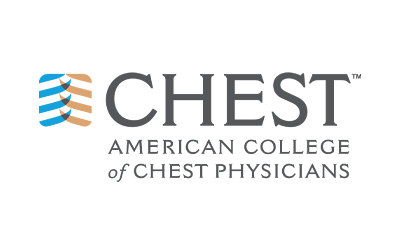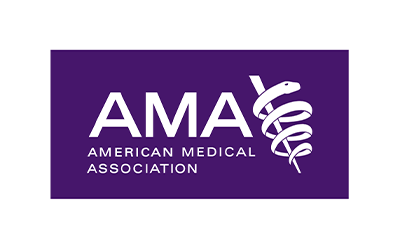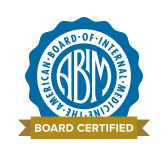The issue that has been controversial for years is the availability of cold medication that does not work—the most specific example being those with phenylephrine. Oral decongestants became the oral standard in over-the-counter cold and flu preparations after restrictions were put on pseudoephedrine, an effective oral decongestant that was restricted because of its diversion for the manufacture of methamphetamines. With the change in the decision, there was some amount of evidence that piled up through the years indicating that oral phenylephrine is not efficacious in relieving nasal congestion. This is a fact that had been recognized within the pharmaceutical and medical communities, but regulatory and commercial dynamics have helped in the availability of the drug in the market.
A number of reasons explain why phenylephrine was allowed to stand:
1. Regulatory Hurdles:
Phenylephrine was approved based on studies that somehow indicated it was efficacious right from the start, albeit not convincingly. But calls for the FDA to re-evaluate the evidence against the efficacy of phenylephrine are growing as evidence accumulates over time. And regulatory processes can only move so fast; in most cases, definitive action cannot be taken without a consensus that has taken quite a while to come. The recent unanimous vote of an advisory panel of the FDA that oral phenylephrine does not work could bring change, although it was just a preliminary vote and the FDA’s final word is still pending.
2. Market Dynamics:
The over-the-counter cold and flu medication industry is an industry of billions of dollars in revenues. Products containing phenylephrine are sold and marketed on a large scale for decongestant properties that add hugely to revenues of pharmaceutical companies. This financial incentive could also push further the reevaluation of discontinuation of drugs that do not work.
3. Consumer Perception and Behavior:
The knowledge of the consumer that phenylephrine is ineffective as a decongestant not in existence, and they are purchased off the shelf based on brand awareness, is created by marketing claims. Shelf presence, therefore, sustains demand.
4. Alternative Decongestants and Regulation:
This has proven very effective in making sure that the alternative decongestant, pseudoephedrine, has purchasing regulations that are tight and would hinder the production of methamphetamines. This has, therefore, inadvertently given rise to phenylephrine products as they do not have ID verification or pharmacy interaction requirements, in spite of their ineffectiveness.
5. Public Awareness and Education Gap:
What is left is a gaping hole in public knowledge concerning the efficacies of the different over-the-counter medication. Public efforts in educating the consumers about the limitations of phenylephrine and the available alternatives have been practically non-existent.
This is compounded by the wider issue of over-the-counter medications effectiveness and regulation. Whereas some alternatives like pseudoephedrine or some other decongestants as found in nasal sprays containing phenylephrine are effective, they have regulations or limitations of their own. The phenylephrine debate, thus, underscores the need for rigorous, publicly funded clinical trials to re-evaluate other OTC drugs so that consumers are able to benefit from effective and safe medications.


